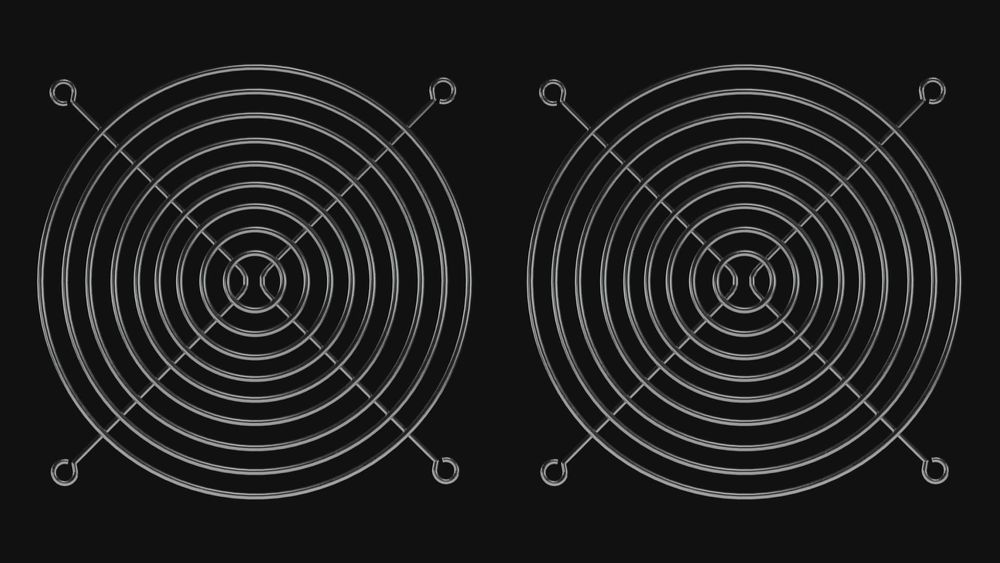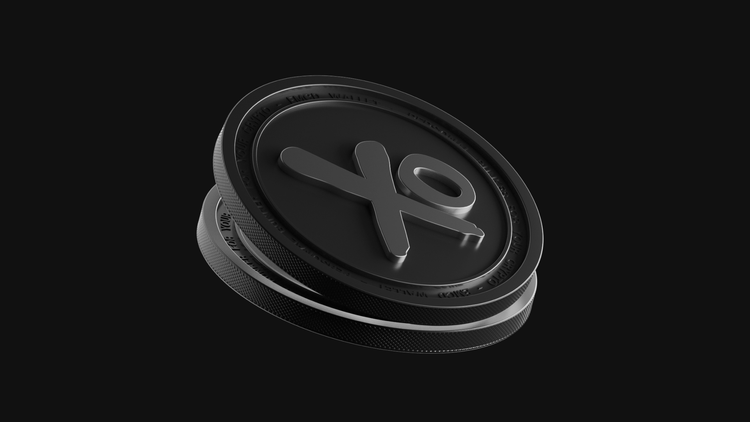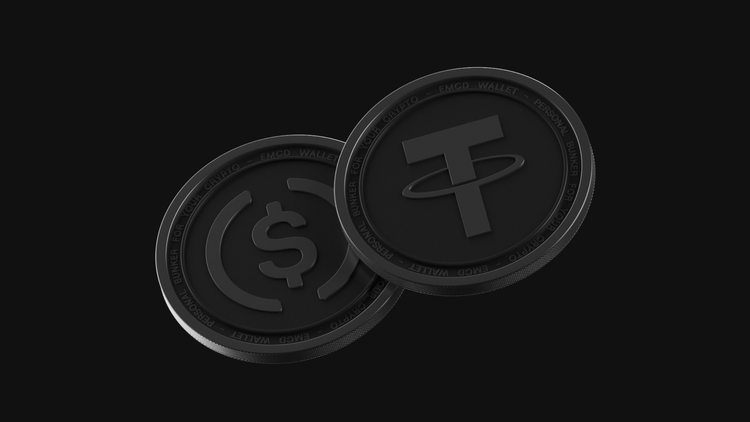Solo vs pool crypto mining: which is better?

Crypto mining has long been of interest to both small and large investors across Eastern Europe and Central Asia in countries like Russia, Armenia, Kazakhstan, Kyrgyzstan, and others. The allure is clear: crypto mining presents itself as a business brimming with potential considering relatively low electricity costs and attractive tax rates in these regions.
Furthermore, with the Bitcoin halving of 2024, analysts saw a continued rise of the first cryptocurrency’s price, which already doubled from September 2023 to February 2024, driven by the launch of ETFs and other factors, and continues to keep a resistance above $50 000. Currently, miners have the opportunity to mine coins at a price fluctuating around $60,000, receiving a block reward of 3.125 BTC.
In this article, we’ll delve deeper into how mining works and explore the best way to start—solo vs pool.
Solo Mining
Mining cryptocurrency alone, without joining a pool, is known as solo mining. It requires miners to accept tasks directly from the network, find blocks, and manage and maintain a mining farm on their own. This includes purchasing and choosing equipment while bearing all the associated risks. It’s worth mentioning that the entire profit generated from the mining farm goes solely to the owner. Keep in mind that income is earned only when a valid block is successfully found.
Earning a block reward in solo mining demands significant effort. Apart from the hardware, a solo miner needs a full node that will be constantly synchronized with the network, proper configuration of the node in mining mode, and hardware setup for mining. Additionally, miners should have sufficient experience in this field to start with because statistics show that around 80% of miners struggle to set up new equipment on their own.
Despite these challenges, solo mining offers a significant advantage: all mined coins go exclusively to you. This prospect is particularly appealing to many beginners who prefer not to share the block reward of 3.125 BTC. The possibility of earning this reward is both impressive and inspiring, driving newcomers to dive into solo mining with enthusiasm.
The Power of Solo Mining Today: Is It Worth the Risk?
The difficulty of mining in networks like Bitcoin and Ethereum has increased a lot over the past few years. Today, setting up a mining farm on your own demands a far greater investment in equipment than ever before.
Experts estimate that a miner needs to control at least 1% of the network's total hashrate to have a stable income. Considering the total hashrate hovering around 400 EH/s in recent months, you need equipment capable of handling a hashrate of 4 EH/s to mine solo successfully.
You can easily do some math and find out that buying your own mining hardware will cost you over 5 million dollars, and it’ll consume more than 123 MW of electricity, which is enough to power 40 kilometers of a city’s underground. Even if a miner uses equipment this powerful, it won’t give an absolute guarantee of mining a block every two days. To simply break even on the investment, the farm would need to operate continuously for three years, assuming the Bitcoin network’s characteristics remain unchanged. Therefore, it’s crucial to carefully weigh your options and decide if the investment is truly worth it.
The last successful solo Bitcoin mining event happened in May 2023. The miner used equipment with a hashrate of 750 TH/s, while the total network hashrate was 370.07 EH/s. This ratio highlights just how fortunate the miner was: the probability of finding a valid block was only 0.0002%, and it could have taken up to 9 years to solve (the average time for finding a solution).
These calculations indicate that the chances of finding a valid block remain slim due to the increased difficulty and lack of big investment. Essentially, solo mining has become almost impractical.
So, if you’re planning to mine Bitcoin solo or in a pool, keep in mind that it requires high-performance equipment like ASIC-miners. Also, it’s totally unprofitable to use your GPU for BTC mining.
What’s Next for Solo Miners?
If you wish to mine solo, you should focus on "easier" cryptocurrencies than BTC or ETH. For example, even a small mining farm can earn regular block rewards with lower-difficulty coins like Litecoin. However, there are some risks involved. Newer cryptocurrencies with lower difficulty levels might not only fail to gain traction but could also turn out to be scams, disappearing from the market just as the mining operation is getting underway.
It's also crucial to monitor a coin's liquidity. Some tokens are brand new, while others have been unused for years. Despite having low network difficulty, making them relatively easy to mine solo, these tokens might present significant issues. The potential for problems with these coins is evident, whether due to a lack of market interest or other issues.
That’s why conducting thorough research on cryptocurrencies for mining is essential. Additionally, a solo miner should have a solid base of knowledge on equipment and network node configuration to manage their setup effectively.
Mining with Pools
A mining pool coordinates the efforts of all its participants and distributes the rewards proportionally based on the power of their devices. Pool rewards are usually split among miners according to payout strategies, including Pay-Per-Share (PPS), Pay-Per-Last-N-Shares (PPLNS), and others. While pools vary in terms of the participant number, devices’ power, and available coins, they have a similar principle of functioning. You can mine any popular cryptocurrencies with pool, including Ethereum, Bitcoin, Ethereum Classic (ETC), Bitcoin Cash (BCH), and others.
If you’re interested in mining with pools, you should know that there is a unique chance to try mining with staking pools or multi-coin pools.
Unlike solo mining, participants work together to solve the cryptographic puzzle in a mining pool. The combined power of all pool members significantly boosts the chances of successfully finding a valid block. The reward is first received by the pool as a whole and then distributed proportionally to every participant's contribution. This way, it doesn’t matter which specific hardware finds a valid block — each owner gets a share of the reward on general grounds.
Typically, mining pools charge at least a 1% fee for their services. This is a justified fee for collecting statistics, distributing tasks, providing hosting and internet services, as well as maintaining equipment and supporting user accounts.
Advantages of Mining Crypto in a Pool
If you’re wondering which method, solo mining or pool, is better and the most profitable one, you need to examine the advantages and disadvantages of these methods.
- Transaction Fees. Large pools process a large transaction volume, significantly increasing the share of transaction fees distributed among all participants.
- Qualified Support Team. Professional support service is available to assist participants with any technical questions or issues that arise.
- Exchange of Experience. The pool provides a platform for sharing tips, advice, and information, which helps to improve the overall quality of mining.
Disadvantages of Mining Crypto in a Pool
- Lower Rewards Compared to Solo Mining. If the pool fails to find a block, all payouts to miners are losses for the pool. This is offset by a commission taken from miners' rewards, typically ranging from 0.5% to 4%.
- Risk of Fraud. This risk can be minimized by thoroughly examining the pool before choosing it.
- Equipment Requirements. A minimum level of performance is required for efficient participation in a pool.
In summary, mining in a pool can be a more rational approach than solo mining, ensuring stable profitability.
What’s the Best Choice: Solo Mining or Joining a Mining Pool?
If you need to choose between solo or pool mining, consider your preferences, goals, and needs. Keep in mind that the main advantage of mining in a pool is the stable income from using the equipment.
While a solo miner may face extended periods without finding a block, requiring them to cover costs for maintenance, cooling, and electricity out of their own pocket, a mining pool provides rewards that can more quickly offset ongoing expenses and partially compensate for the equipment cost.
F.A.Q.
Why do I choose solo mining?
Solo mining is a method that implies that users mining crypto independently. The miner can get the entire reward but assumes all the associated risks and costs.
What is the best mining pool?
You should pay special attention to the EMCD Mining Pool. This reliable service offers the potential to maximize your profits safely with daily payouts.
What is a mining pool?
It’s a server that combines the computing power of multiple miners and distributes mining tasks among the participants.
How does pool mining work?
Pool participants work together, combining the computing power of their devices to solve cryptographic puzzles collaboratively to find a valid block. The pool doesn’t uncover the identity of the miner who solves the puzzle first. Instead, the entire pool of miners gets the reward, which is then distributed according to each participant's contribution.




